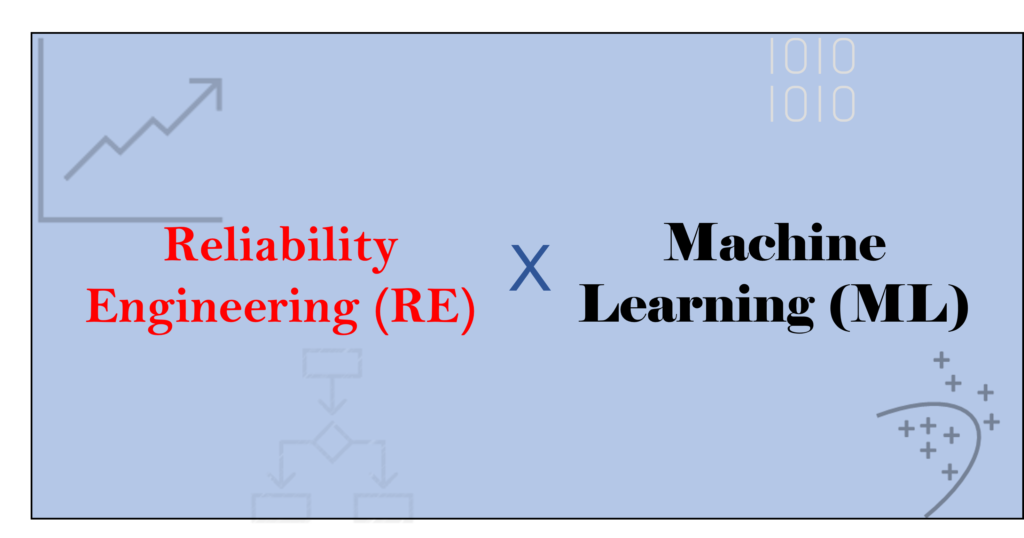Asset Managers are turning to real-time monitoring of their equipment using AI. It increases Availability % by predicting failures early, allowing for efficient maintenance response. But predicting failures earlier is just one part of the overall decision-making process. Once a failure prediction is made, the teams have to make a Judgment on how to respond & when to execute. The separation of the ‘Prediction’ & ‘Judgement’ steps highlights the need for Professionals to work alongside AI.
Previously, both steps were done by Reliability Engineers. They predicted performance & made decisions considering all the factors. As algorithms automate the predictions, the responsibility to make judgments from predictions after considering business factors is still with the Professionals.
Business goals influence the type of Judgment made. When there’s a high consequence to failure, it’s judged to respond immediately to predicted alarms (Ex: Power Generator, Fuel Stack, Furnace). In other instances, judgment is made to prioritize based on available resources. (Ex: Cooling systems, Filtration).
An easy way to understand this interaction is ‘PBJ’. Like a delicious PBJ sandwich, the three factors are combined in order to make high-caliber Asset Management decisions.
The uncoupling of Prediction & Judgement steps in AI was formulated in the book Prediction Machines. This post adapts their economic theory for Equipment Asset Management.





